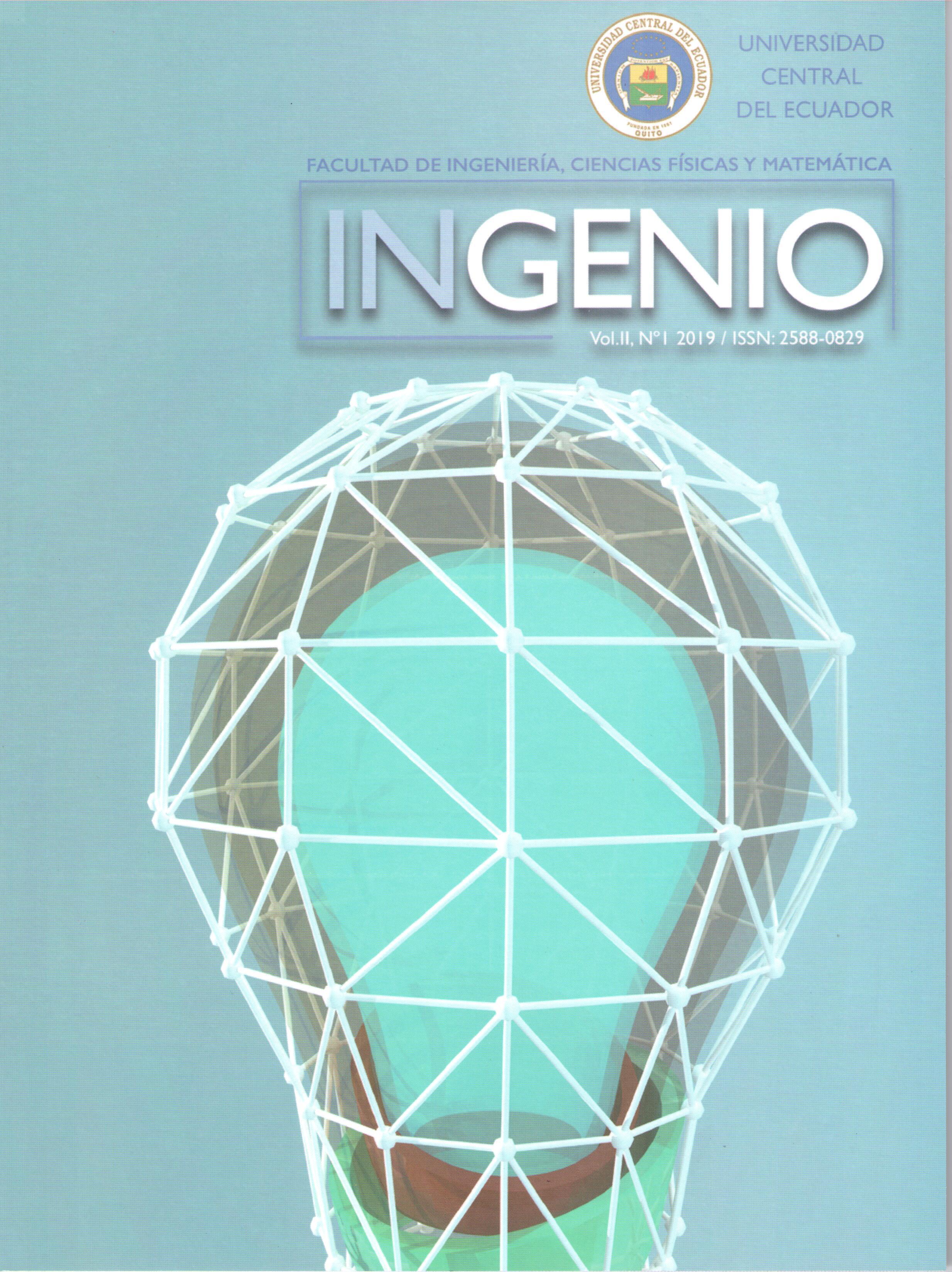Flexural Design of Simply Supported Concrete Beams using Fuzzy Logic
Main Article Content
Abstract
Concrete reinforced beams are essential structural elements that are commonly used in every infrastructure, which makes their design to become recurrent. Several construction building codes are utilized for designing beams using equations or correlations to compute the area of steel needed. The present study illustrates an alternative framework in order to determine the area of steel for reinforced simple supported concrete beams, subjected to uniform loads through the use of fuzzy set theory. A Sugeno type Fuzzy Inference System (SIL) was developed based on actual data resulting from using the ACI 318-14, a United States building code, and the use of subtractive clustering method and ANFIS. The results indicate that the Sugeno type fuzzy model is able to predict new data very well (R2=95.5%), and that it could actually be used for designing concrete beams since the actual area of steel placed in the beam is not necessarily exactly the same as the calculated area. Furthermore, the proposed methodology could be extended to the design of other structural elements as long as real or experimental data are available for performing the fuzzy modeling.
Downloads
Metrics
Article Details

This work is licensed under a Creative Commons Attribution-NonCommercial-NoDerivatives 4.0 International License.
References
Ross, T. J. (2017). Fuzzy logic with engineering applications, John Wiley & Sons, Ltd., Chichester, U.K.
Zadeh, L. A. (1965). "Fuzzy sets." Inform. Comput., 8(3), 338-353.
Mamdani, E. and Assilian, S. (1975). "An experiment in linguistic synthesis with a fuzzy logic controller." Int. J. of Hum-Comp. Stud., 51(2), 135-147.
Mamdani, E. (1977). "Application of fuzzy logic to approximate reasoning using linguistic synthesis." IEEE Trans. Comput., 26(12), 1182-1191.
Takagi, T., and Sugeno, M. (1985). "Fuzzy identification of systems and its applications to modeling and control." IEEE Trans. Syst., Man, Cybern., 15(1), 116-132.
¨5. Tsukamoto, Y. (1979). “An approach to fuzzy reasoning method”, in Advances in fuzzy set theory and applications (eds Gupta, M. M. , Ragade, R. K., and Yager, R. R.), Elsevier, Amsterdam, 137–149.
Jang, J.-S. R. (1993). “ANFIS: Adaptive-network-based fuzzy inference system.” IEEE Trans. Syst., Man, Cybern., 23(3), 665-685.
Yager, R. R., and Filev, D. P. (1994a). Essentials of fuzzy modeling and control, Wiley, New York.
Sugeno, M., and Yasukawa, T. (1993). "A fuzzy-logic-based approach to qualitative modeling." IEEE Trans. Fuzzy Syst., 1(1), 7-31.
Chiu, S. L. (1994). “Prediction of fresh and hardened properties of self-consolidating concrete using neurofuzzy approach.” J. Intell. Fuzzy Syst., 2, 267-278.
Tesfamariam, S., and Najjaran, H. (2007). "Adaptive network–fuzzy inferencing to estimate concrete strength using mix design." J. Mater. Civil Eng., 10.1061/(ASCE)0899-1561(2007)19:7(550), 550-560.
Tayfur, G., Erdem, T. K., and Kirca, Ö. (2014). "Strength prediction of high-strength concrete by fuzzy logic and artificial neural networks." J. Mater. Civil Eng., 10.1061/(ASCE)MT.1943-5533.0000985, 04014079.





